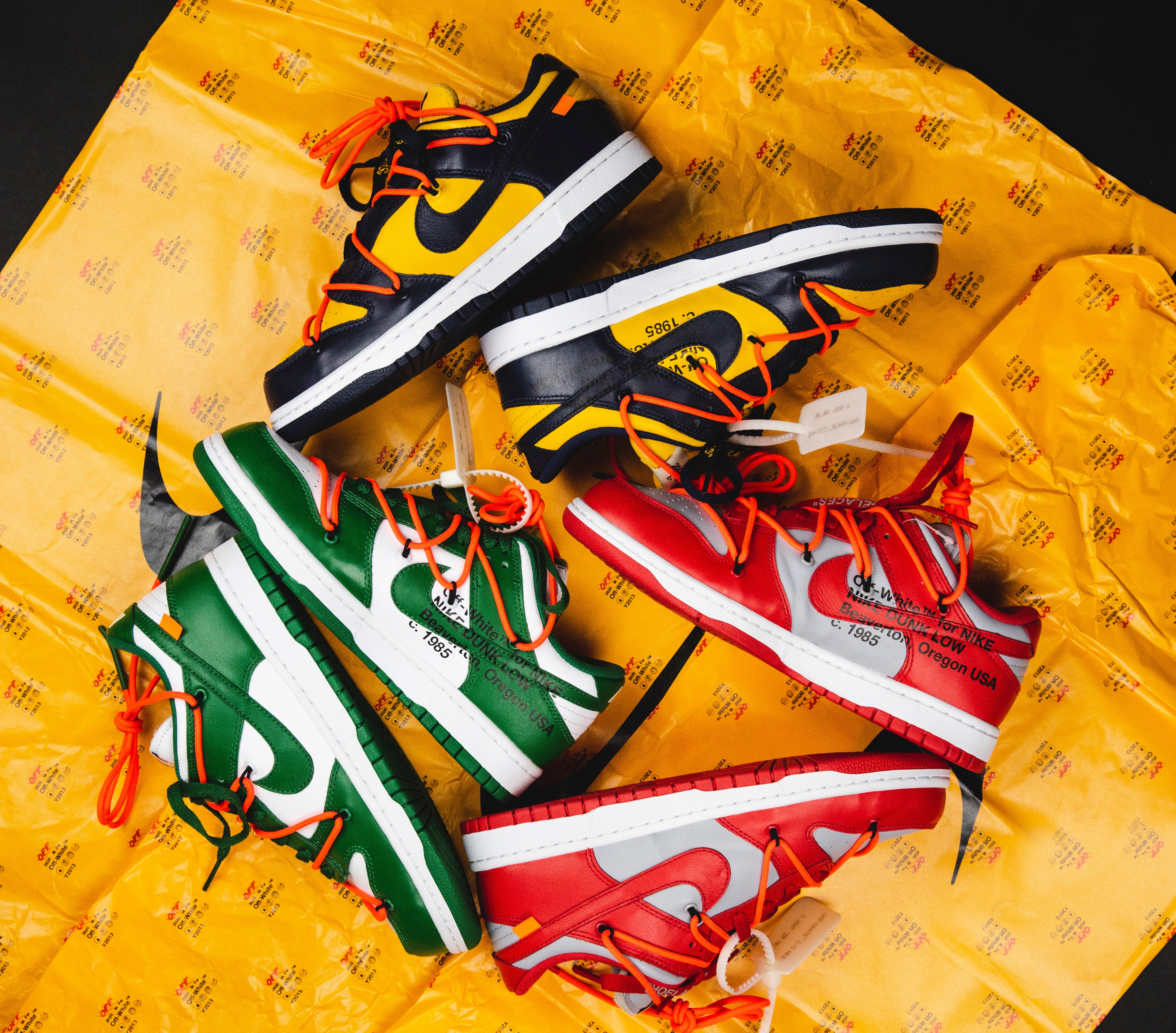Air Jordan 3
Tinker Hatfield drew sketches for Bill Bowerman while attending University of Oregon, where he earned a full athletic scholarship for track.

Tinker Hatfield Pole Vaulting at the University of Oregon
1980
Four years after graduation, Hatfield was floundering at a corporate architecture job. Then Bill Bowerman called. The company Bowerman had helped start, Nike, was beginning to flourish and it needed some help designing marketing materials. Bowerman brought Hatfield in to work on an internal marketing manual. A year later, the position had bloomed into a full-time role. Hatfield worked on showrooms, offices and retail-space concepts.
1986
Nike decided to reinvent themselves, aiming to design a shoe that could be worn as easily on the track as they could fashionably on the street. They hosted a 24 hour design contest in which Rob Strasser invited Tinker Hatfield to compete in. Tinker worked throughout the night, working towards something unique, something that told a story. Drawing a colourful upper with a low-profile midsole and a visible airbag on the midsole. Hatfield was inspired by Paris’s Centre Georges Pompidou, a building turned inside out, and its designers, the bad-boy architects Renzo Piano and Richard Rogers, whom he credited as personal heroes. In his sketch, he positioned the shoes not on a runner, but next to a European motor scooter. Two days later, Tinker was hired as a shoe designer for Nike.
1987
Michael Jordan was unhappy with Nike’s previous shoes and with his contract up for renewal, Jordan was close to leaving the sports brand. Jordan wanted a sophisticated, light, yet simple shoe. Tinker Hatfield was tasked with impressing MJ, and jumped on a plane to meet with Jordan. He needed to get a sense of who he was as a human, outside of basketball. Lately, Jordan had been buying suits and high-end Italian leather shoes to go with them. Hatfield could see he had an eye for style and design that wasn’t entirely obvious to the public or reflected in the previous Air Jordans. When Jordan talked about the styles and performance elements that he wanted in a shoe, Hatfield did something no one else had: He listened. Tinker set to work at designing the Air Jordan 3. Six months behind schedule Tinker Hatfield creates a mid-cut height basketball shoe, something that had never been done before, made with soft leather for extra comfort, featuring an all new elephant print design.

The Jordan 3 was the first Air Jordan to feature a visible air bubble on the midsole, new ‘Jumpman’ logo, tumbled leather, and a new ‘Nike Air’ logo on the heel.

During this time, creator of the Air Jordan 1, Peter Moore, and Nike Marketing Director Rob Strasser, leaves the company to create Sports Inc. A big meeting was arranged between Michael Jordan, Phil Knight, Tinker Hatfield, and Jordan’s parents. Jordan shows up four hours late, in a bad mood, having been playing golf with Sports Inc, who had tried to recruit MJ with an outstanding pitch. Tinker unveils the Air Jordan 3, made to all of Jordan’s specifications along with a whole line of matching apparel. Jordan had been won over, and the Jordan Brand was born.

Michael Jordan wears the Air Jordan 3 during NBA’s famous 1988 Slam Dunk Contest.

February 1988, the Air Jordan 3 “Black Cement” releases retailing at $100.


